He kōrero tuku iho mō te NFU
A history of the NFU
Learn about the history of the NFU – from its wartime beginnings to the ways it documented life in Aotearoa and shaped our film industry.
Beginnings
The National Film Unit (NFU) was one of New Zealand’s main producers of films during the mid-twentieth century. It was responsible for much of the footage that now documents and represents these decades of New Zealand history. Established in 1941 as part of the war effort, it played a vital part in the development and culture of New Zealand’s film industry.
The New Zealand government had been making films since the early 1900s as it saw the value of film as a tool to promote New Zealand to overseas audiences. Government-produced films were made in the 1920s and 1930s, with the formation of a publicity office attached to the Department of Internal Affairs. The office produced scenic ‘shorts’ and travelogues for local and overseas tourist promotion. A private company ‘Filmcraft Ltd’ was contracted to process these movies, and it built the Miramar Film Studios in 1928.
In 1930, the Publicity Office became part of the new Department of Industry and Commerce, Tourist and Publicity. The department bought the Miramar Studios from Filmcraft in the late 1930s. It was to become the first home of the National Film Unit. The 1940 Centennial film One Hundred Crowded Years was the fledgling studio's first significant production.
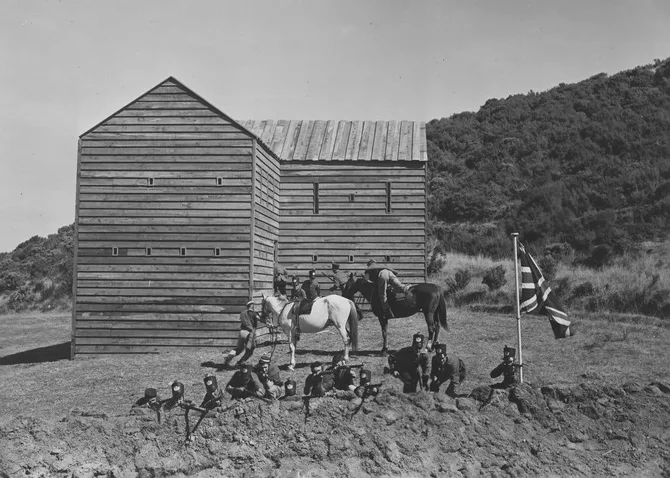
Still from 'One Hundred Crowded Years'
Still from 'One Hundred Crowded Years'
World War II
New Zealand’s involvement in World War Two heralded a new era for government film. The quality of war newsreels produced by other countries such as the United Kingdom and Canada impressed government officials in New Zealand. In 1940 the New Zealand government invited John Grierson, founder of the British documentary movement, to discuss the establishment of a state film unit. In 1941 Stanhope Andrews produced the short film ‘Country Lads’, a stirring and patriotic ode to the service of New Zealand soldiers. The success of ‘Country Lads’ contributed to the establishment of the National Film Unit and is often considered its first production.
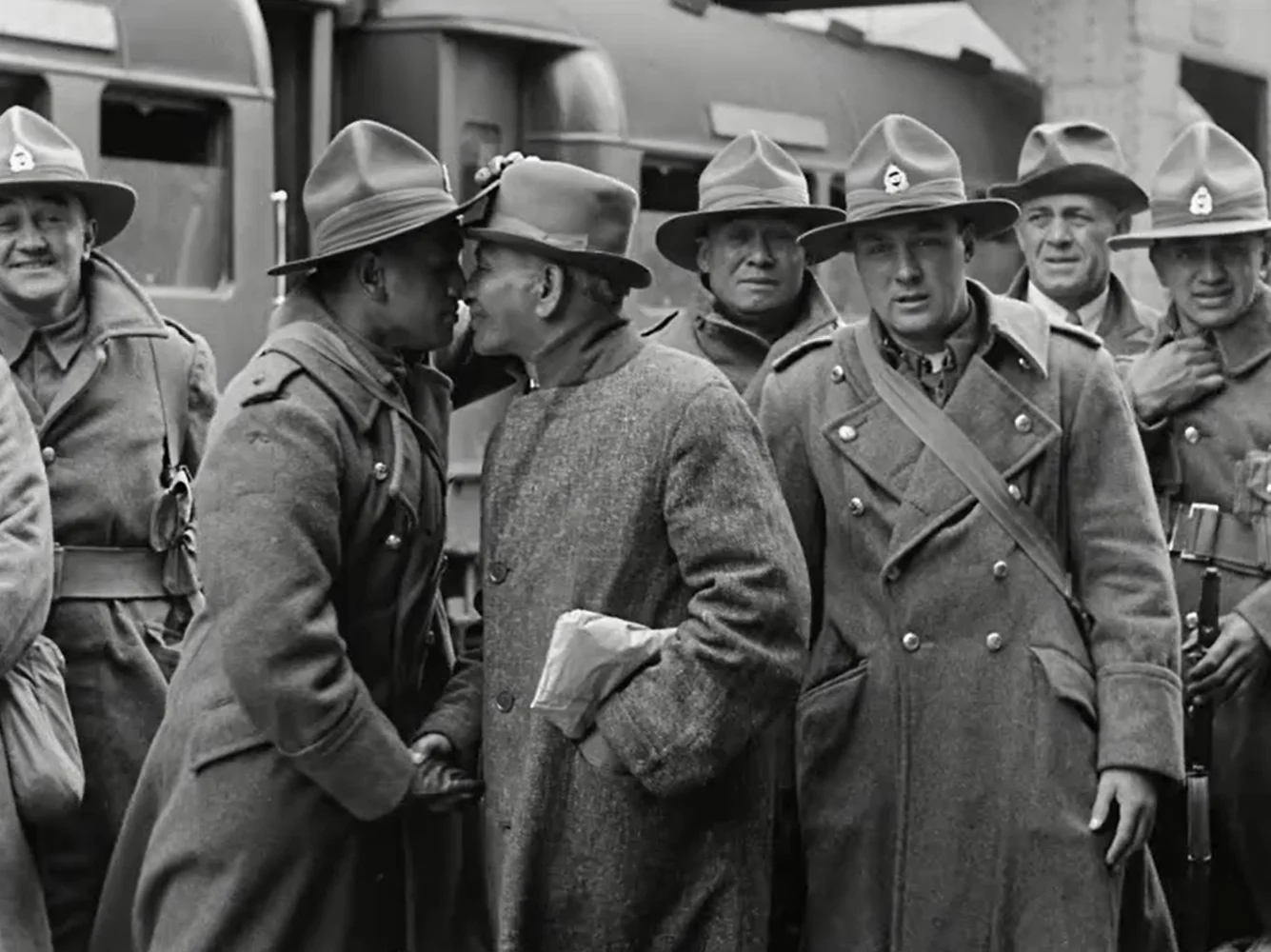
Still from 'Country Lads'
Establishment of the NFU
The NFU was established in August 1941, to help publicise the war effort and highlight New Zealand's participation in the war overseas and on the home front. Film was one of the most popular forms of entertainment during this period and cinema attendance throughout the country was extremely high. By making its own productions, the government could harness the power of film as a medium for communication and education on a large scale.
The initial focus for the NFU was producing content that aligned to the war effort. Training films for troops were produced, and some NFU staff travelled to sites of conflict to film New Zealand soldiers in battle and at rest. Despite the challenges in bringing the footage back to New Zealand, local audiences were able to witness the activities of their troops and share in the collective hope for peace.
Birth of the Weekly Review
Throughout the 1940s the NFU also produced a regular newsreel, the ‘Weekly Review’, which screened in cinemas around the country. The ‘Weekly Review’ was a magazine-style series, often a collection of 3-4 individual stories on different topics. At other times it presented more in-depth coverage of a single story. During the war the ‘Weekly Reviews’ were the only locally produced film which showed New Zealanders in the European and Pacific campaigns, and the efforts on the home front. In the post-war years, the ‘Weekly Reviews’ depicted a country in regeneration and the establishment of New Zealand in the international community. In total the NFU produced 459 episodes of the ‘Weekly Review’, quickly becoming a familiar fixture for local cinema audiences.
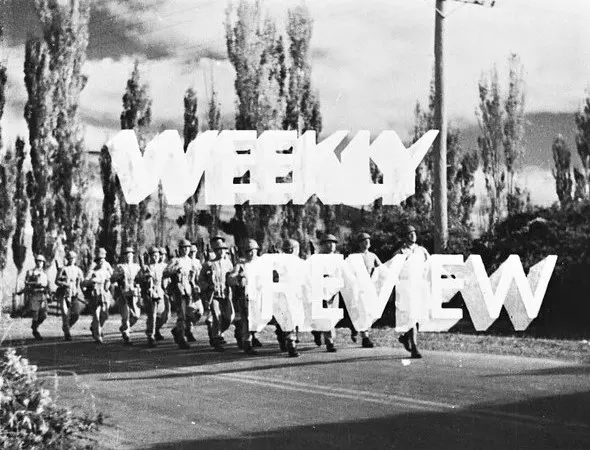
'Weekly Review' opening titles
Birth of the Pictorial Parade
A change in government at the end of the 1940s heralded changes to the administration of the Unit and tighter political control over its output. In 1950 the ‘Weekly Review’ series was cancelled amidst budget concerns and allegations of political bias. It was replaced in 1952 by the monthly ‘Pictorial Parade’ series. ‘Pictorial Parade’ followed a similar magazine-style format but gave the film makers more room for experimentation in telling stories with a wider national and international news brief. Editions were distributed as 35mm and 16mm prints to cinemas, embassies, community groups and film libraries around the world. The NFU produced 250 episodes of the ‘Pictorial Parade’ until the series ended in 1972.
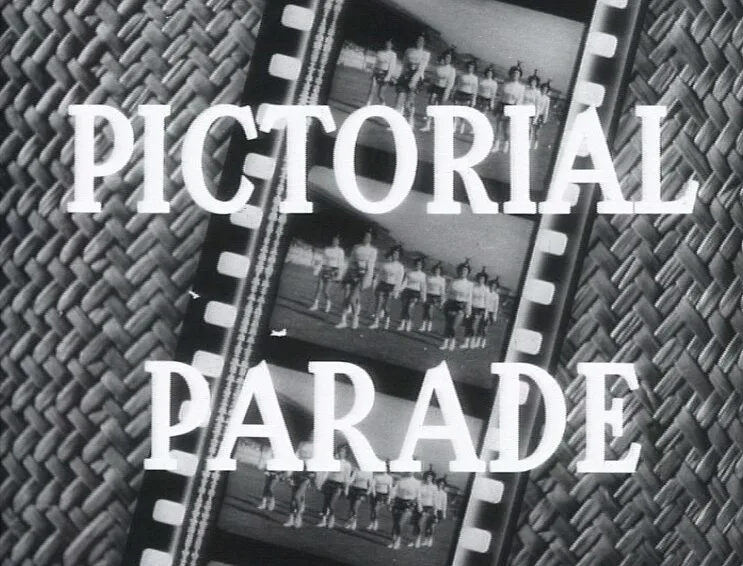
'Pictorial Parade' opening titles
Both the ‘Weekly Review’ and ‘Pictorial Parade’ film series captured a wide variety of news and general interest stories and contributed to the cultural identity of mid-twentieth century New Zealand. Important military events featured in the films, including the return of the Māori Battalion from the European theatre in 1946, combat footage during the battles for Guadalcanal and Bougainville, the visit of Eleanor Roosevelt in 1943 and the first footage of the liberated Changi Prison in Singapore. New Zealand participation in J-force, K-force, the Malayan Emergency, Vietnam and Thailand were also covered.
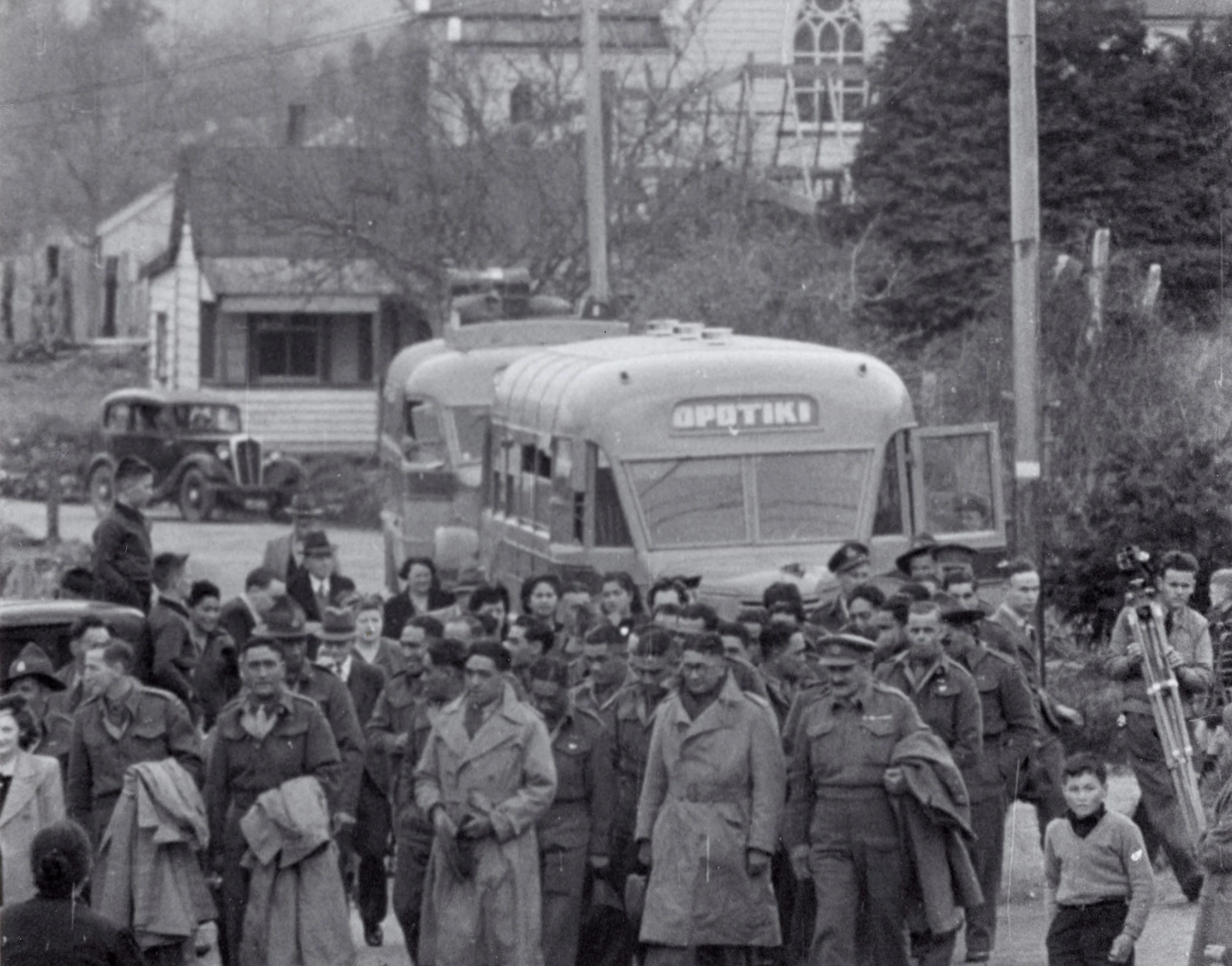
Still from 'Weekly Review no. 232'
In civilian life, the films covered the establishment and physical construction of state housing, hydro-electric schemes, managed forests, the Beehive building, and farms for returned servicemen. Issues of importance to Māori were explored such as health care, industry, and rural education, as well as features on Māori art, culture, and architecture. Major events for the Pacific Islands were documented such as independence celebrations, royal visits and immigration to New Zealand. The day to day lives of New Zealanders were also highlighted such as paper boys, Bluff oystermen, Cook Straight whalers, Wellington dust men, and a woman who made paper models in her spare time. Kiwi ingenuity like the invention of the jet boat, and aerial top dressing, were covered as were the rediscovery of the Takahē in Fiordland in 1949 and Opo the dolphin’s short life.
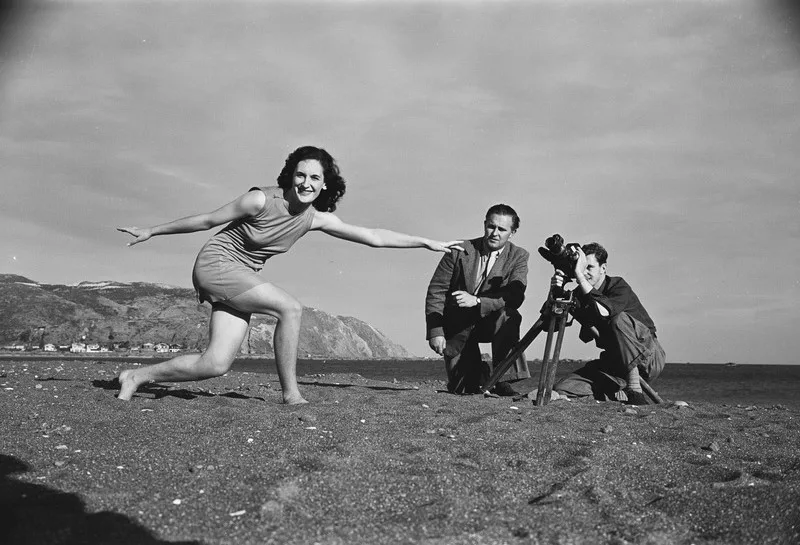
Production still taken during the making of 'Weekly Review no. 346 - Rhythm and Movement'
Significant films
The NFU also produced many stand-alone films for theatrical production, some of which enjoyed critical success overseas and won international film prizes. ‘Amazing New Zealand’ (1964), directed by Ronald Bowie, won five film prizes between 1963-1968 and was viewed by over 80 million people in 47 countries. Hugh Macdonald’s spectacular ‘This Is New Zealand’ (1970) was produced for Expo 70, where it screened to over two million visitors and then locally to huge audiences. Several NFU films were also nominated for Oscars, including ‘Snows of Aorangi’ (1955), ‘140 Days Under The World’ (1964) and ‘The Frog, The Dog, and The Devil’ (1986). The NFU also produced films for other government departments and provided processing services for private film makers throughout this time.
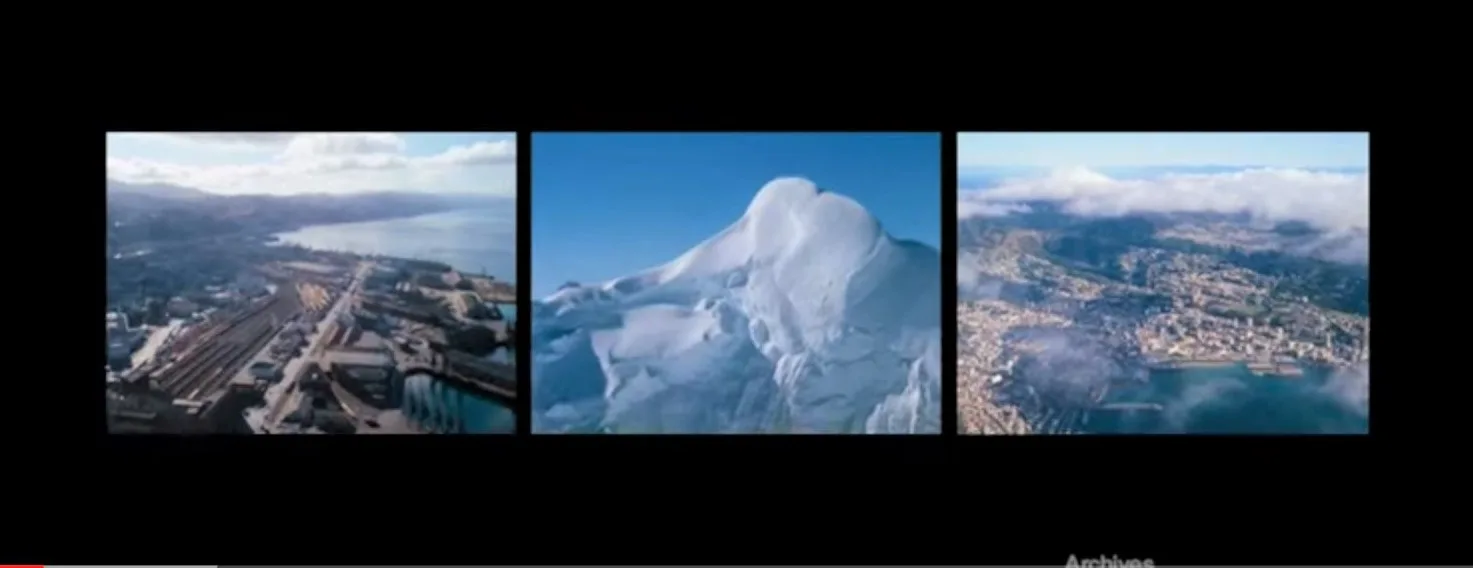
Still from 'This Is New Zealand'
Nurturing New Zealand talent
The output and influence of the NFU helped shape New Zealand’s emerging film industry, leading to the thriving film culture that exists today. The NFU acted as a training ground for many New Zealand film makers and actors including Sam Neill, Paul Maunder, Ian Mune, Sam Pillsbury, and Hugh Macdonald. Many well-known New Zealand artists contributed to the productions of these films, including Douglas Lilburn, Denis Glover, James K. Baxter, and Brian Brake.
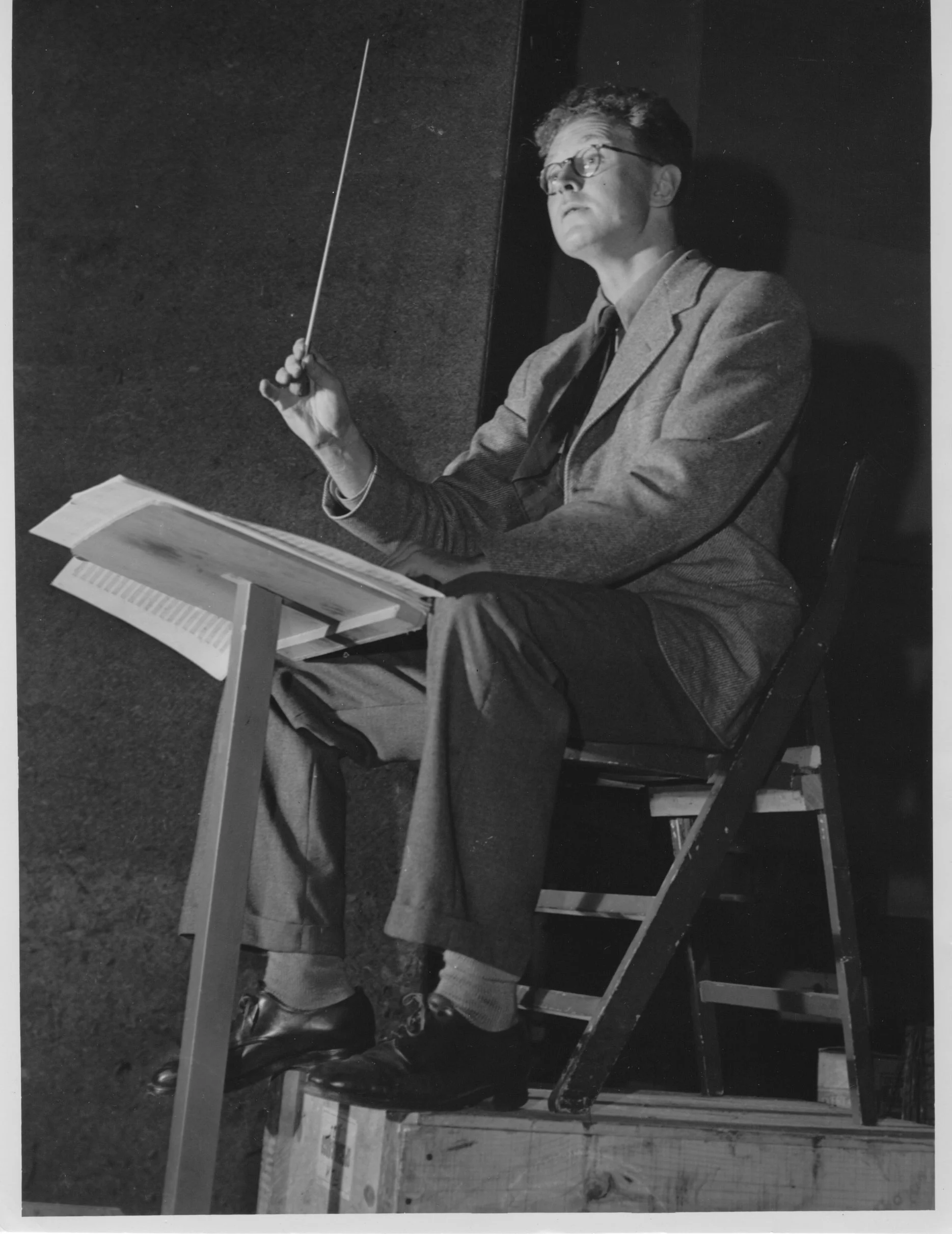
Composer Douglas Lilburn conducting during an NFU recording
Women were also a significant part of the NFU and worked in roles vital for the Unit to function properly. Job specification sheets show women were employed in many roles as laboratory assistants, film cleaners, negative matchers, film projectionists, film librarians, receptionists, secretaries, and continuity people. Directors Margaret Thomson and Kathleen O’Brien were responsible for many iconic NFU productions, and challenged contemporary attitudes towards female directors.
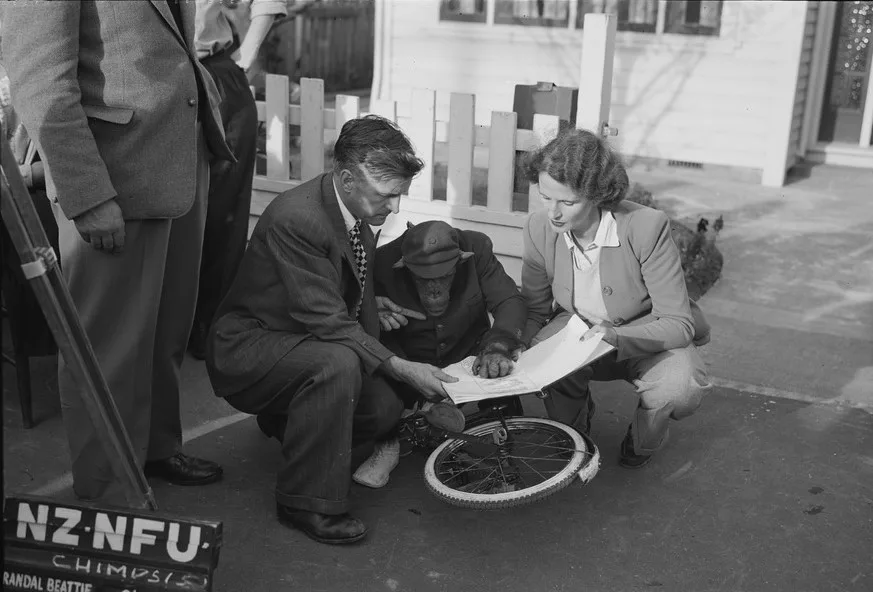
Production still of director Kathleen O'Brien during filming of 'Monkey Tale'
1960s – 1980s
The arrival of television in New Zealand in 1960 meant film no longer had a monopoly on audiences. The establishment of the New Zealand Broadcasting Corporation (later TVNZ) gave the NFU increased demand for its processing facilities. However, in the long term this created competition for staff and resources, despite ongoing efforts to merge the two organisations.
By the 1970s the output of the NFU included more edgy and unusual films, including the experimental documentary ‘Carnival Coast’ (1974), and drama ‘Landfall’ (1975), which was originally classified as RFF – approved for exhibition only at specified film festivals – so could not be shown on New Zealand television. There are several reports that it was banned from screening on television for depictions of drug use.
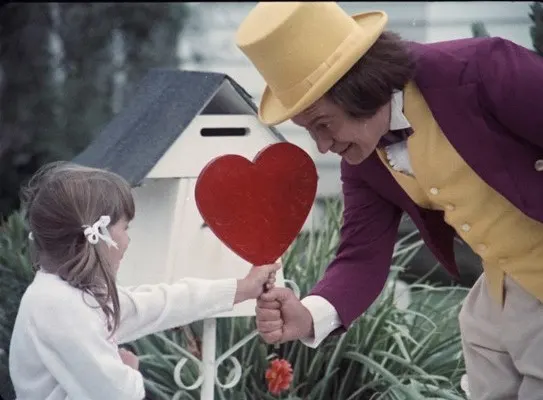
Still from 'Carnival Coast'
The NFU remained a separate entity based at Miramar until 1978 when it moved to new studios in Avalon, Lower Hutt. In the late 1980s the government announced it would be selling the NFU, and in 1990 sold it to TVNZ. In the late 1990s Sir Peter Jackson purchased the production facility from the Avalon studios from TVNZ, and established Weta and Park Road Post Productions in Miramar.

Model of Avalon studios